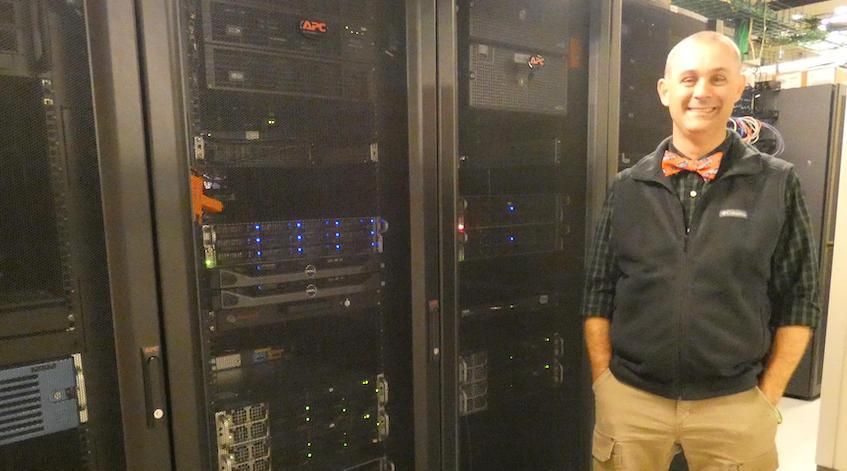Internet Engineering, otherwise known as ITS/CS 4750 or ITL, has been a staple of the ITS curriculum since Hans Kruse created the class 20 years ago, and has been constantly evolving as technology progresses.
The semester course is taught by Professor Brandon Saunders and Doug Bowie. At its core the course covers the role IT has at an enterprise level, as well as assuring that students are well established with various networking functions.
There are 12 weekly labs to be done by students, with around half of them covering networking. In the latter half of the course, elements such as cybersecurity, encryption, VPNs, and network monitoring are all covered.
The course meets in Schoonover 006, with labs being entirely ran online through a Remote Desktop Protocol called GNS3. This lets students work in a virtual environment where they take control of a remote computer. Doing so allows for students to use networks that are in a controlled environment, as well as having access to necessary software for lab work. GNS3 also allows students to work with a much broader range of machines and network requirements than using available lab equipment can offer.
Having a virtual environment also allows students to work on their labs at home. The course adopted this hybrid-model for students in 2019 and has been using it since.
The course is also cross listed as a CS (Computer Science) class. The class also is offered to graduate students as well as undergraduate students. The differing backgrounds adds to the collaborative nature of the class and adds to the promotion of unique ideas for the networking problem solving skills expected of students.
Internet Engineering requires ITS students to have taken both ITS 2300, Data Networking, and ITS 3100, Internet Applications and Network Systems, prior to enrolling in the course. These courses provide fundamental knowledge of network systems that will be used in Internet Engineering.
The course concludes with a culminating final project where students are responsible for constructing a functioning network at the enterprise level. The network is expected to have a set of foundational factors, and then students have the liberty to make additions to their network as they see fit. Once the network is constructed, students are to present their creation to the class, and send a copy to be examined and run by Bowie and Saunders.
Bowie states that while the class does provide a great foundation for students to accrue certificates, it is important for him and Saunders to not adhere to a certain viewpoint, and to adhere to industry standards as a whole.
Bowie also made mention that employers take interest of Internet Engineering and its learning objectives, and that they do recognize the value that it provides for students at OHIO.
The McClure School of Emerging Communication Technologies strives to offer the best academic programs in the IT (Information Technology) , the game development and the Virtual Reality/Augmented Reality (VR/AR) industries. Our programs and certificates cover numerous aspects of the rapidly changing industries of information networking, cybersecurity , data privacy, game development , digital animation and the academic side of esports.

